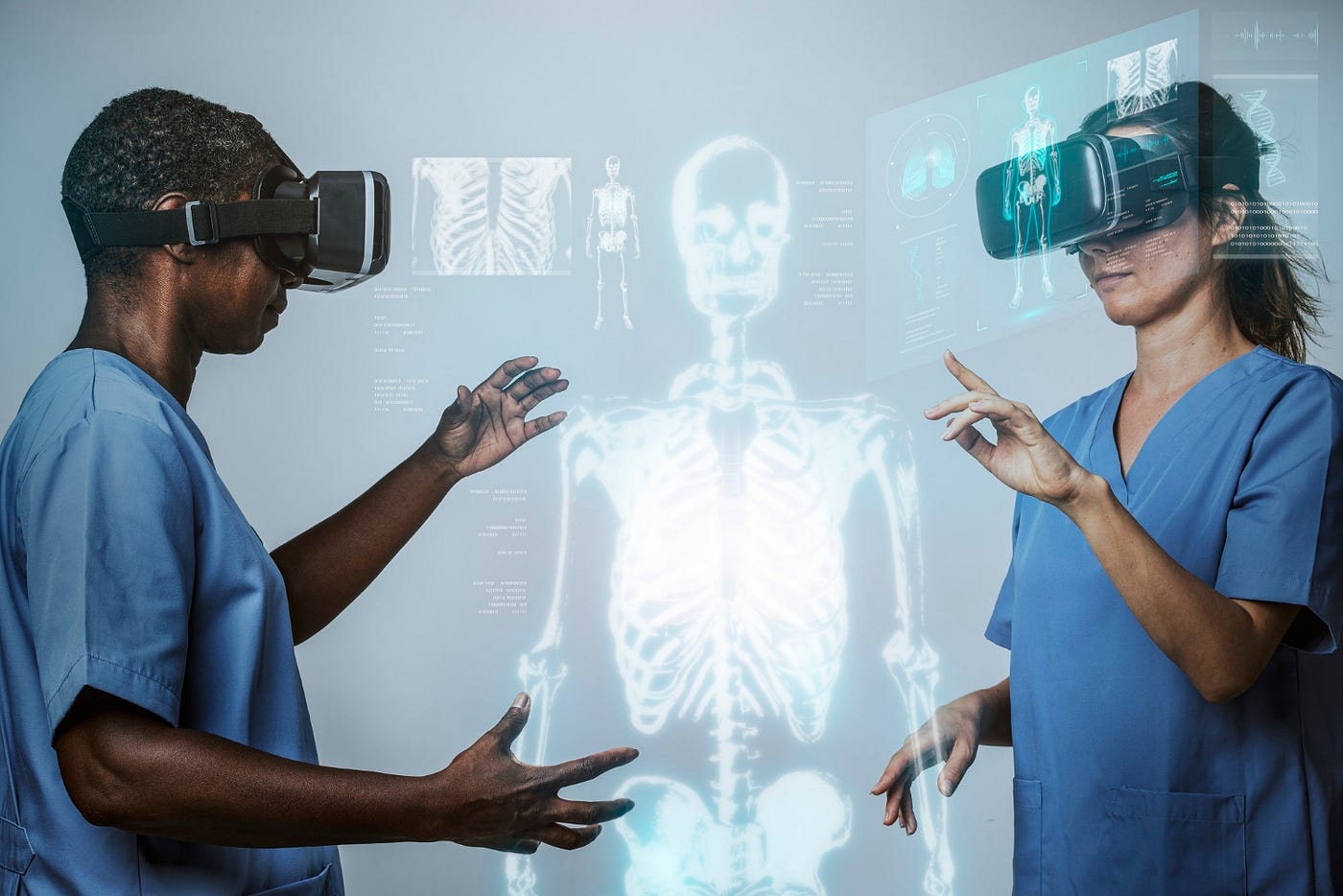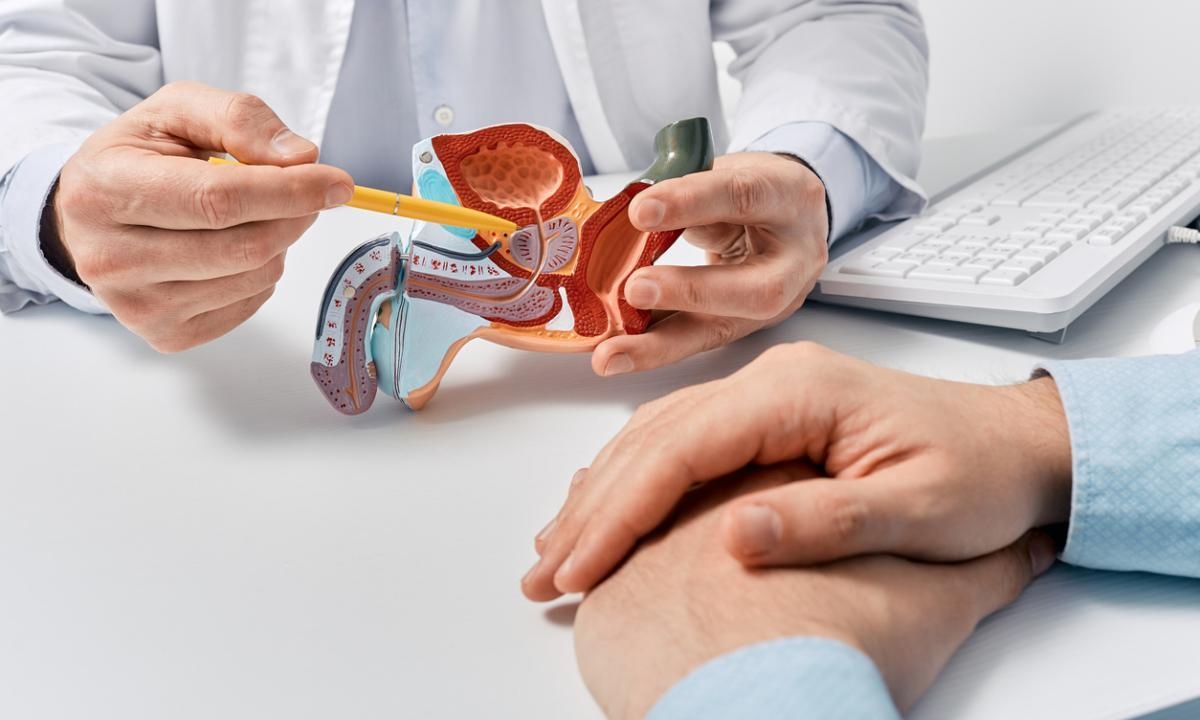
Sure Strategies for Improving Health and Education: 2020 and Beyond
A New Decade
We have both been involved with health, information technology, cybersecurity and education although from different perspectives. One of us views the issues from the perspective of our Veterans, with the Department of Veterans Affairs running the largest healthcare system in America. And, if improvements work for Veterans, there is applicability to a wider patient audience. The other of us views the issues through the lens of an educator, reflecting in particular on the impact of trauma on physical and psychological well-being. Indeed, health and educational outcomes are students affects this and future generations, particularly in light of new research on the epigenic transmission of trauma.
Our paths cross as we enter a new decade and consider the next ten years can lead to marked improvements in healthcare delivery – something sorely needed but doable. To that end, we’ve identified three key developments that can and should be implemented. These are not the only needed improvements and avenues to be pursued; that would take a book or a longer article. So, we’ve focused on what are, for us, three of the most innovative possibilities.
One added word: some of the three innovations or aspects of them may strike readers as fanciful or imaginary or over-the-proverbial-top. But, the speed with which technology is changing, the pressing need for solutions and our capacities to consider new paradigms for solving old problems are converging. So as they say when looking at literature (adapted slightly), one needs a willing suspension of one’s inherent skepticism and a dose of openness to future pathways. And, what better time than the start of a new decade to shed old formats and approaches and consider different vistas.
Innovation One
There should be an expanded use of augmented reality (AR), and we don’t mean those three D glasses on wore into certain movies at an Imax theater. We are talking about complex technology that puts those movie glasses to shame.
Consider first the ways AR can be used to improve healthcare to Veterans. With a shortage of trained surgeons in every location where Veterans live or are deployed, AR could be used to improve surgical outcomes. A surgeon with an established track record of success could wear head-mounted displays and direct a surgeon located remotely.
Images of vessels and nerves could be projected onto the patient, also through AR, and then the operating surgeon would be able to follow the directives and suggestions being offered by the established (but not-on-site) surgeon. This would increase patient safety and speed up the surgery itself, which is beneficial giving the affects of anesthesia.
Imagine all the settings in which such technology could have value – within and beyond the health of Veterans, battle ships, space stations, rural communities including areas that are hard to reach following a disaster, cities where battle field like injuries occur but no battlefield, large scale disasters whether caused by bombs or earthquakes. And beyond the US borders in nations without quality healthcare available, there would be opportunities to save lives daily.
In the context of education, we know that children who have been traumatized need stability, safety and security. Changing schools, changing teachers and even changing classrooms can be difficult and we are notoriously bad at transitions. When children act out or are struggling, we often send them off to professionals located outside their school and perhaps even their community or we punish them. Here’s a place where AR could come into play.
Suppose there could be remote therapists who could work in a classroom, enabling literal processing in place. They could see the children; they could perhaps even measure signs of trauma through body indicators like heart rate and blood presume. Think telepsychiatry except in an educational setting and with AR.
Then, ponder the use of AR to map locations where traumatic symptomology is present. Then, in advance, we could anticipate where we need to place interventions by literally seeing what is needed and in what location. The AR system could project onto a screen where pockets of trauma are located and we could detail plans based on these maps.
Now, imagine AR being used to treat trauma by re-introducing individuals who have been traumatized to the settings that produced their trauma (known as prolonged exposure therapy). Then, with quality intervention, new therapeudic initiatives could help affected individuals reprocess the events and reprogram their brains; the autonomic nervous system stimuli to certain triggers could be identified and mediated. Yes, types of immersion therapy, including with limited AR, have already been tried. But, with refinements and highly trained therapists, individuals who had been virtually paralyzed by past trauma could shake their past loose, not forget it but navigate it.
For soldiers, for children who have been sexually abused, for individuals who experienced a natural disaster or a car wreck, AR could play a key therapeutic role.
Innovation Two:
We are already witnessing increased use of advanced genetic science to create personalized healthcare delivery. These developments have taken a myriad of forms. There is pharmecogenomic data that can be gathered to determine what particular drugs will work best on a patient. Imagine not needed so much trial and error to see which drugs will attack a particular tumor or produced minimal site effects when given. Add to this that with the increased use of improved electronic health record systems (EHRs not to be confused with EMRs and not a small issue to implement broadly and well and securely), patient data can more easily be matched with specific drugs that have been shown to be effective to individuals with similar genomic profiles.
We are also seeing increased use of collected genetic data to see who is predisposed to certain illnesses and to project ahead of time what treatment options would be optimal, based on pools of data that could be matched to individuals. Massive data collection of genomic information that can be sorted and processed and made available will improve health outcomes and the course of an illness, ameliorating pain and ineffective or dead-end pathways.
We can call this use of genomic data “precision medicine,” already underway in some situations. But, here are the keys: in the next decade, the data will be collected and categorized more effectively; it will become increasingly available to all patients (not just those who can afford it or who get into specialized trial). These data would improve health outcomes in a shorter period of time and at less cost. The VA already has projects underway given the large population it serves and the possibility of mobilizing their genetic makeup to improve health outcomes has broad applicability.
In the educational setting, we are seeing the value of genetic research on the transmission of trauma. To the extent there is proof that traumatized individuals or populations (Holocaust survivors or Native Americans or First Nation People of Canada) pass their trauma to the next generation, we will be able to anticipate inclinations toward trauma symptomology and we can create educational institutions and teachers that are trauma-trained. In other words, educators and educational institutions can respond to the students they actually have in their classrooms and on their premises.
The development of trauma responsive institutions has broad applicability well beyond the early childhood—adult educational landscape. Imagine trauma responsive hospitals and trauma informed healthcare. Imagine trauma responsive workplaces. In other words, the innovations described are broad enough in scope to help not just the initial intended audience but hosts of others too.
Innovation Three:
We already know that artificial intelligence and data driven systems can improve both healthcare and education. With the use, for example, of quality EHRs, we can gather more than tenfold the data we are now collecting. The data gathered within those systems can be mined for information that can inform everything from cancer diagnoses to strategies for effective weight loss to baseline health variables that can be monitored and changes observed and addressed. And, a good AI system can teach itself what new data can be mined and gathered. It can always be “at work.”
These data can be used to speed diagnosis and develop cure plans. They can be used to personalize the treatment someone ill obtains and the program to maintain preventative wellness. Importantly, AI can also be used as a communications system, notifying patients and doctors of key changes that are occurring and preventing medical emergencies by observing trends and taking needed steps. AI can provide reminders too to both patients and physicians about needed new tests, test results and needed interventions.
Data, then, can be leveraged to benefit patients and improve healthcare delivery.
In the context of education, we have already started using AI to determine learning outcomes and strategies that will build on student strengths not weaknesses. We already can do mapping to determine in advance zip codes where learning will be a challenge and dedicate needed resources (human and dollars) to these locations.
Prospectively and with added data and better inputting and assessment of data, we will be able to determine what learning approaches will be most suited to certain learners and tailor learning to achieve success, not repeated failure. Call it precision education, the analogue to precision medicine. Trial and error is an expensive strategy for children and other learners; it leads to disappointment and discouragement and it is expensive. Achieving success is a vastly better approach.
Think too about AI generated outreach to students and if applicable their families, teachers, doctors and mental health specialists. The idea that we can help people – nudge people – with information specific to them is key. These are not mass emails; these are personalized communications with meaning.
Risks to Consider
There are no shortages of risks for any of the above innovations. First, there has to be quality and sustainable Internet, even in emergencies. In remote locations, AR will not function if there is no way to connect. Think about it: if you have a lamp but no socket into which to place the plug, the lamp isn’t useful. If you have no means to collect data among certain populations for any number of reasons (money, access, interest), then data sets will not be complete. This is already an issue seen in transplantation databases. The data are weak in terms of minority donors and matches. One of the major goals of the suggested improvements is equity and that falls away if there is not robust data collection, whether genomic or AI derived.
Then, there are risks involving privacy and security, both in terms of who has access to the data and who is in a position to steal the data for their own purposes, some of which could be nefarious. At present, security systems are not 100% and we still need to ascertain how both to get data in and data out securely. We also don’t want people to be discriminated against because of the information collected and then grouped or classified in ways that curb their employment or educational opportunity or insurability.
AR and genomics and AI can yield many positives. But, we can’t forget the lurking negatives; they cannot go unattended to if we want to achieve optimal success for all individuals: Veterans, students and the larger population.
Conclusion
When you have the launch of a new decade, it is a ready-made opportunity for resetting expectations and goals. It is a time when we are ready for innovations; we are in a new window of experimentation and growth.
Best to use this opportunity, addressing risks along the way, to enable more and more Veterans and students to achieve. Technological innovations are a pathway forward – if we are willing to go down that path thoughtfully, wisely and with the aim of improving the lives of the many, not the few.
As we are prone to say: onward.
By Marc Wine and Karen Gross
Trending
-
1 Mental Health Absences Cost NHS £2 Billion Yearly
Riddhi Doshi -
2 Gut Check: A Short Guide to Digestive Health
Daniel Hall -
3 London's EuroEyes Clinic Recognised as Leader in Cataract Correction
Mihir Gadhvi -
4 4 Innovations in Lab Sample Management Enhancing Research Precision
Emily Newton -
5 The Science Behind Addiction and How Rehabs Can Help
Daniel Hall





Comments